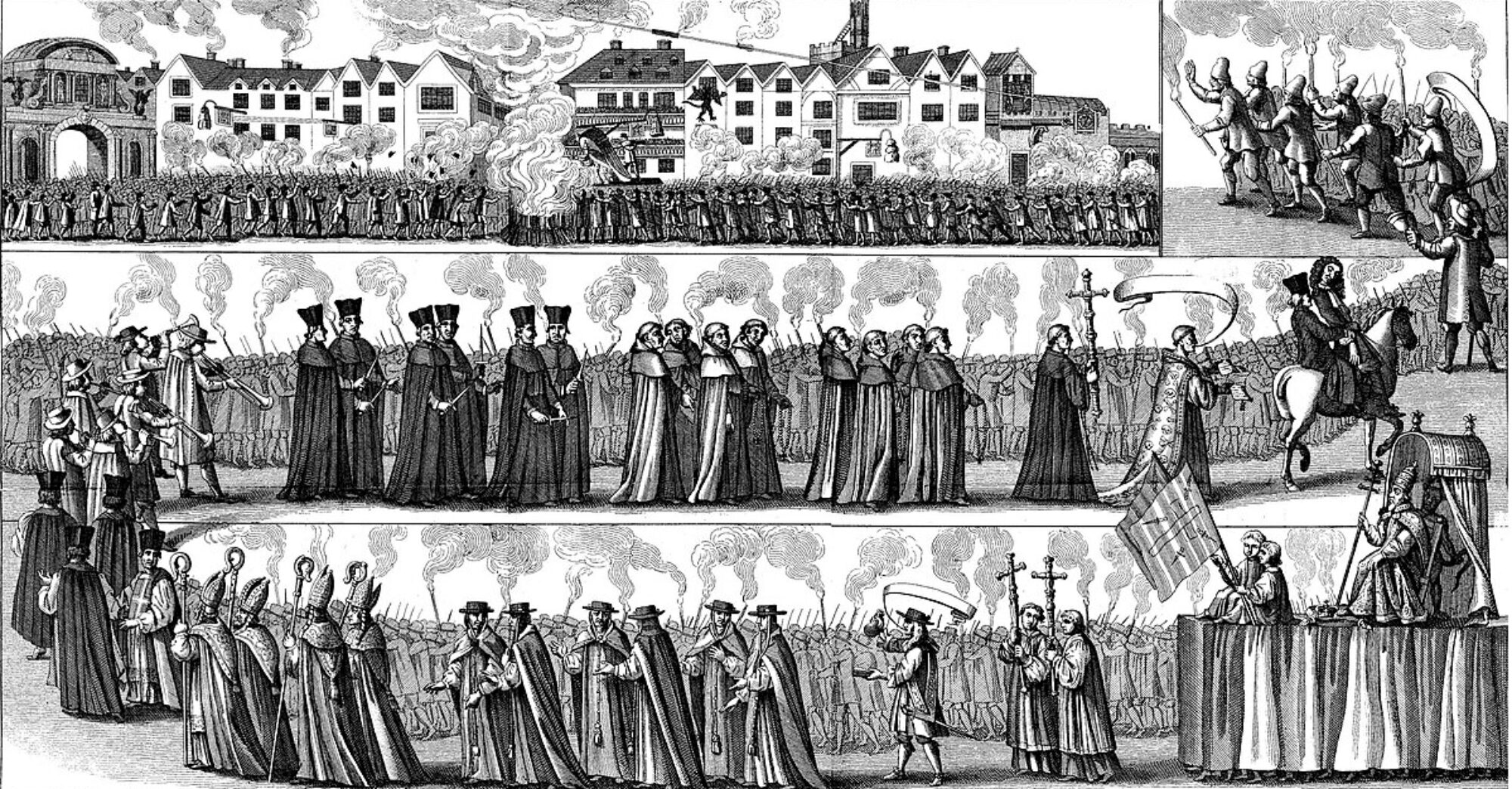The 5th Conference on the Theory of Quantum Computation, Communication and Cryptography has put up its first announcement. It will be held at the University of Leeds, United Kingdom, from 13th – 15th April 2010. The first upcoming deadline to be aware of is the submission deadline of Monday January 4, 2010:
The 5th Conference on Theory of Quantum Computation, Communication, and Cryptography
—- TQC 2010 —-
University of Leeds, UK
13 – 15 April 2009
http://tqc2010.leeds.ac.uk
====================================================================
Quantum computation, quantum communication, and quantum cryptography are subfields of quantum information processing, an interdisciplinary field of information science and quantum mechanics. TQC 2010 focuses on theoretical aspects of these subfields. The objective of the conference is to bring together researchers so that they can interact with each other and share problems and recent discoveries. The conference will be held from April 13-15, 2010, at the University of Leeds. It will consist of invited talks,
contributed talks, and a poster session.
The scope of the conference includes, but is not limited to:
* quantum algorithms
* models of quantum computation
* quantum complexity theory
* simulation of quantum systems
* quantum cryptography
* quantum communication
* quantum estimation and measurement
* quantum noise
* quantum coding theory
* fault-tolerant quantum computing
* entanglement theory
Invited Speakers:
* Julia Kempe (Tel-Aviv University)
* Kae Nemoto (NII, Tokyo)
* Frank Verstraete (University of Vienna)
* Ronald de Wolf (CWI, Amsterdam)
* Anton Zeilinger (University of Vienna)
Post Proceedings:
As has happened for previous TQCs, a post-conference proceedings volume
will be published in Springer’s Lecture Notes in Computer Science, to
which selected speakers will be invited to contribute.
Program Committee:
Andrew Childs (University of Waterloo)
Matthias Christandl (Ludwig-Maximilians-University)
Wim van Dam (University of California, Santa Barbara; Chair)
Nilanjana Datta (University of Cambridge)
Aram Harrow (University of Bristol)
Peter Hoyer (University of Calgary)
Rahul Jain (National University of Singapore)
Elham Kashefi (University of Edinburgh)
Debbie Leung (University of Waterloo)
Hoi-Kwong Lo (University of Toronto)
Juan Pablo Paz (University of Buenos Aires)
Francesco Petruccione (University of KwaZulu-Natal)
Martin Rotteler (NEC, Princeton)
Miklos Santha (Universit? Paris Sud)
Simone Severini (University College London; Co-chair)
Seiichiro Tani (NTT, Tokyo)
Jean-Pierre Tillich (INRIA, Rocquencourt)
Pawel Wocjan (University of Central Florida)
Takashi Yamamoto (Osaka University)
Local (University of Leeds) organising committee:
Katie Barr (Physics and Astronomy)
Katherine Brown (Physics and Astronomy)
Barry Cooper (Maths)
Peter Crompton (Maths)
Vladimir V. Kisil (Maths)
Viv Kendon (Physics and Astronomy; Chair)
Neil Lovett (Physics and Astronomy)
Rob Wagner (Physics and Astronomy)
Conference series steering committee:
Yasuhito Kawano (NTT, Tokyo, Japan)
Michele Mosca (IQC, University of Waterloo, and Perimeter Institute, Waterloo, Canada)
Vlakto Vedral (CQC, University of Oxford, UK, and CQT, National University of Singapore)
Important Dates:
* Submission deadline: Monday 4th January 2010 (23:59 local time)
* Notification of acceptance/rejection: Thursday 11th February 2010
* Conference: April 13-15, 2010
* Post-proceedings submission deadline: End of May 2010
* Final copy deadline: End of August 2010
* Published: November 2010
To receive announcements, calls for papers, and reminders of deadlines, subscribe to the mailing list by following this link:
http://lists.leeds.ac.uk/mailman/listinfo/tqc2010
(You may also use this link to unsubscribe at any time.)
To contact the organisers, please send emailto: tqc2010 [at] leeds.ac.uk.
Looks good but what is the Maths department 😉 ?
